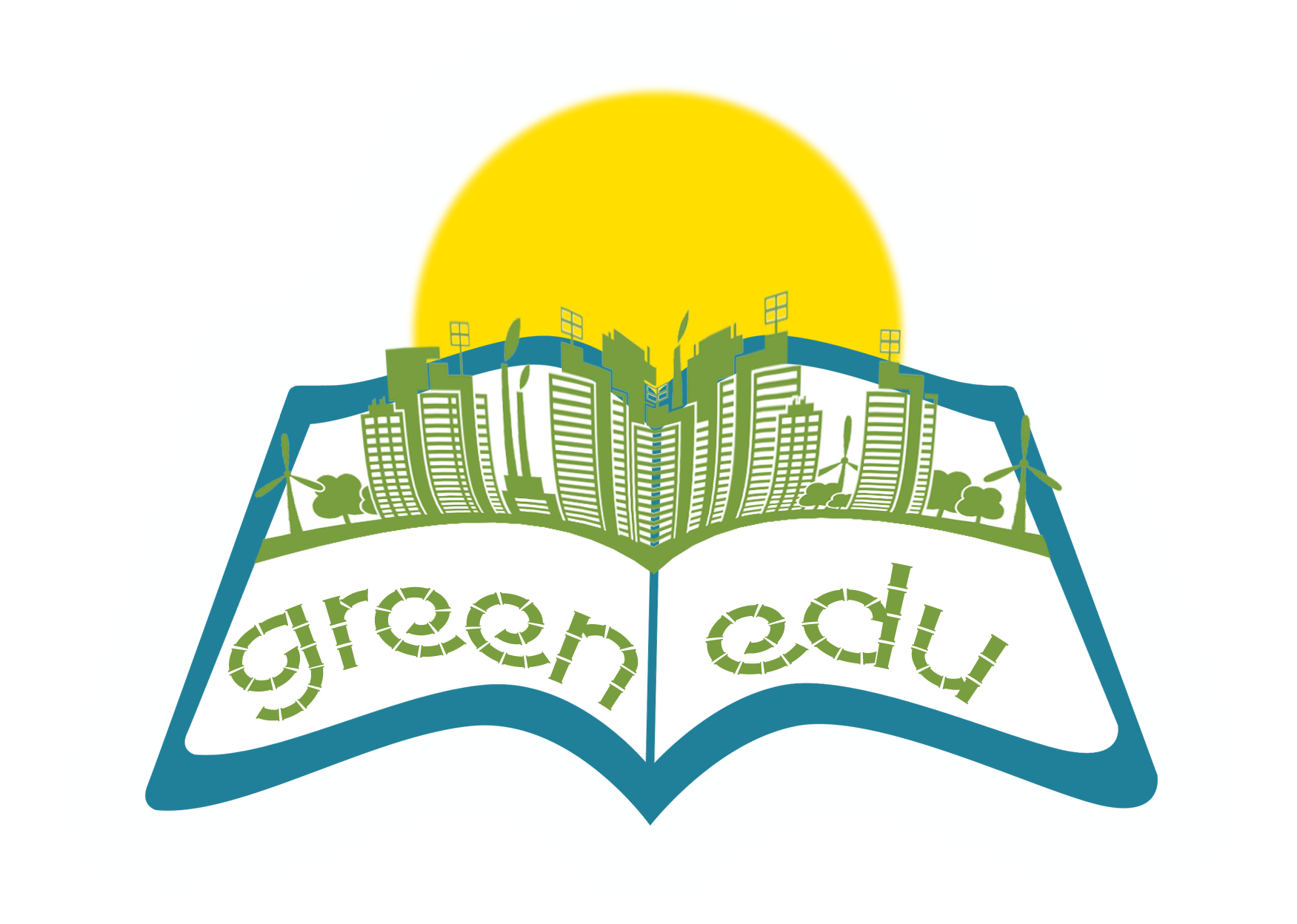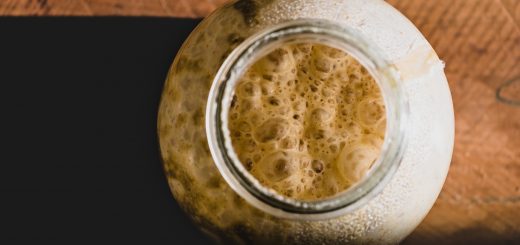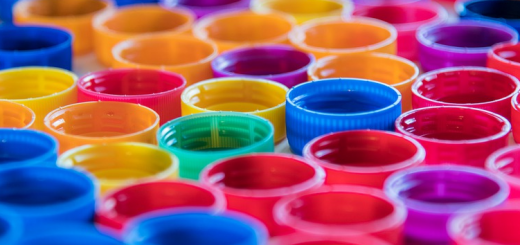To disolve or not disolve

Author(s): Octavian Horia Minda
Lesson plan summary
The students will enjoy this hands on lesson where they make simple solutions and mixtures. They will have an opportunity to predict and observe solids that dissolve in water.
| Subject | Green Chemistry / Green Biotechnology / Green Engineering and Robotics |
| Topic | STEM |
| Age of students | 8-11years old |
| Preparation time | 50’ |
| Teaching time | 50’ |
| Online teaching material (links for online material) | |
| Offline teaching material | Solids to put in water (such as sugar, salt, glitter, and sand) Containers to hold solids Ground pepper (for demonstration) Water (fill 4 cups with water for each group before class begins) 4 Clear plastic cups for each group Stir sticks or spoons |
Aim of the lesson
By the end of this lesson students will:
- Students will be able to investigate and identify some solids that dissolve in water.
- After learning the word “dissolve,” watching a demonstration of what happens when certain solids are added to water, and discussing the results, learners will get to experiment with adding a variety of solids (e.g. sugar, salt, sand, glitter) to water and recording both their predictions and observations on a worksheet. This hands-on science activity makes a great addition to a first or second grade physical science lesson.
Activities
Describe here in detail all the activities during the lesson and the time they require. Remember, that your lesson plan needs to revolve around the topic of bioeconomy.
| Name of activity | Procedure | Time |
| Introduction | Explain to the students that they will be mixing some solids with water today. Write the word “dissolve” on the board, and ask them if they know what it means. Explain the meaning of dissolve, which is a solid being incorporated into a liquid, to the students. Ask the students if they know of anything that dissolves in water. | 5 min |
| Explicit instruction | Ask the students to come together so that they can watch your demonstration. Show the students a cup of water and tell them you are going to put some pepper in it. Make a prediction if the pepper will dissolve or not and draw it on chart paper in a fashion similar to how the observation worksheet is set up. Put in the pepper and stir. Record your observations on the chart paper. | 5min |
| Guided Practice | Repeat your test with with a different solid of your choice. Ask students to make a prediction and draw it on the chart paper. Have a student put the solid in the water and stir. As a class, discuss the result and record it on the chart paper. Tell the students that they will now get to do this experiment with 4 different solids in small groups. | 10 min |
| Independent working time | Fill in the blank for #1 with an agreed-upon way to gain the floor, such as students raising their hands or holding the talking stick. Ask students to give you a thumbs up if they can agree to follow the rules during their group work. Put the students in small groups and ask them to make and draw their predictions first before mixing. Remind them to follow the discussion rules as they offer ideas and suggestions. Remind the students to take turns putting in the solids and to not taste the solids. Hand out the To Dissolve or Not Dissolve worksheet and containers of solids to each group. Cups with water can be filled before class and set aside for the experiment. Tell the students to begin the experiment. Walk around the classroom to assist and have conversation with the students about their discoveries. Ask them to describe their solutions and their observations. Have the students make sure their solids are back in their containers at the end of the experiment.Differentiation Enrichment: To challenge students, give them additional solids such as powdered milk, flour, rice, and coffee beansSupport: Get the students to test a smaller number of solids. | 15min |
| Assessment | Listen to the student conversations and check their results of the experiment. Choose groups to describe the experiment results and any observations they want to make about solids that dissolved versus solids that did not dissolve. | 10min |
| Review and closing | Ask students if there were any surprises during the experiement. Ask them if they have any unanswered questions and write them down for use in a future experiment. | 5min |
Worksheet
Name Date
…………………………………………. ………………
To dissolve or not dissolve-Observation worksheet
| Solid | Hypothesis (prediction) Draw what you think will happen when you put the solid in water | Observation Draw what actually happened when you put the solid in water |
| Sugar | ||
| Sand | ||
| Glitter | ||
| Salt |





